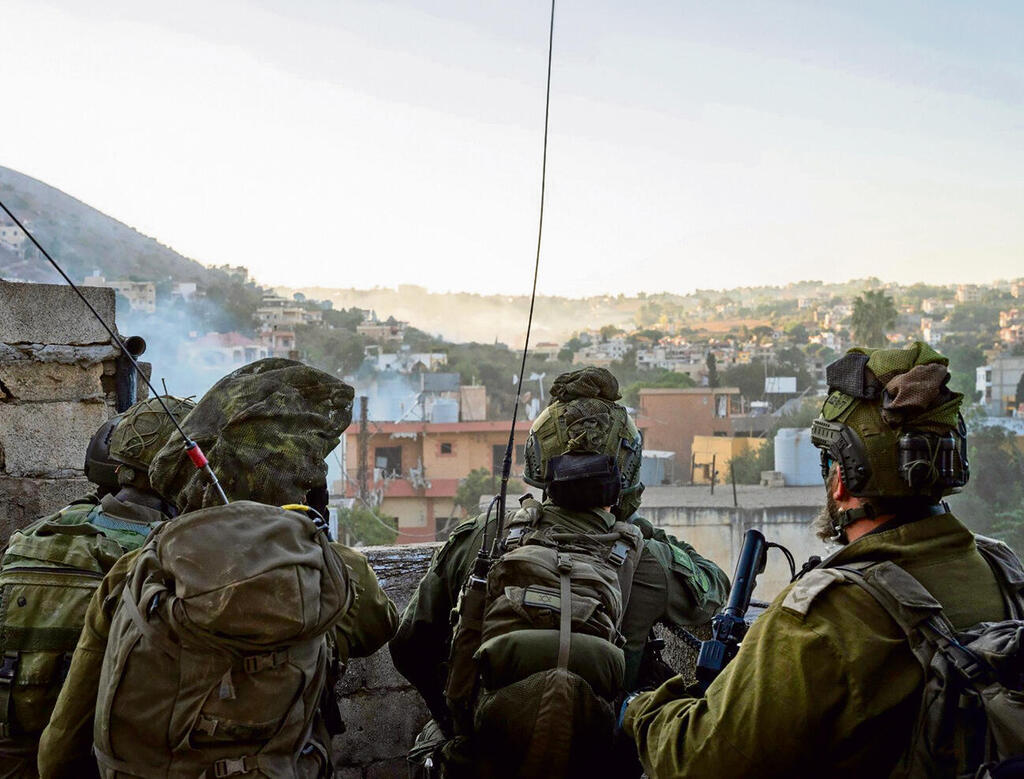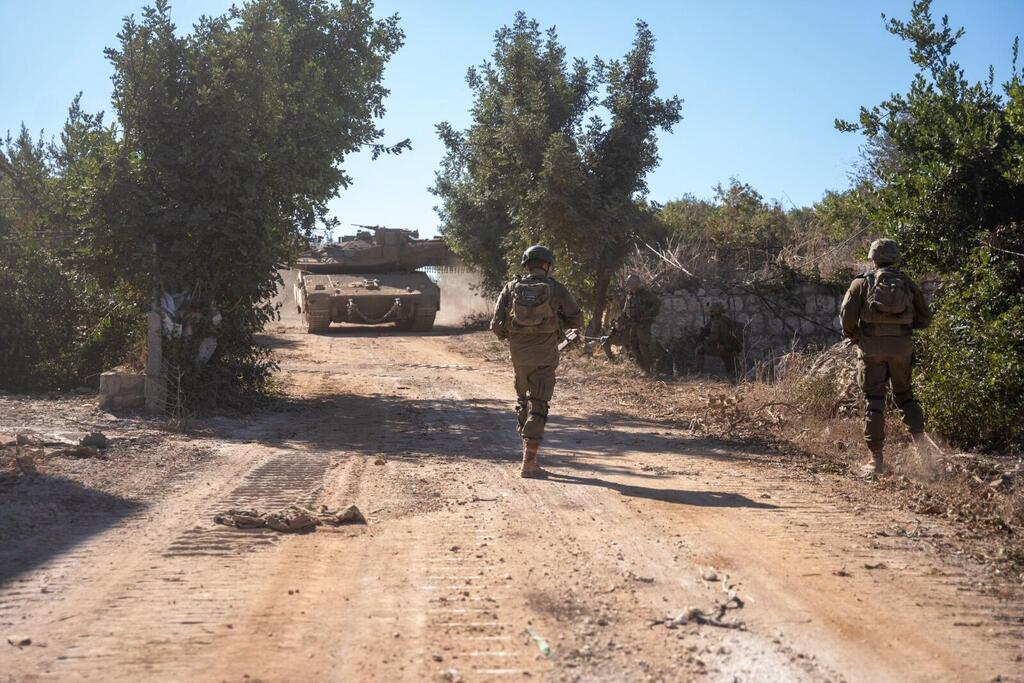Getting your Trinity Audio player ready...
The multi-front war, now entering its second year, is gradually winding down. However, in Lebanon, this de-escalation remains slow due to stalled diplomatic negotiations, necessitating continued military maneuvers that result in casualties on Israel’s side.
In Gaza, no clear framework has emerged for the release of hostages or for establishing an alternative civil administration to Hamas. In this context, the IDF’s operations in each active front are largely focused on shaping a secure "day after" scenario.
Israeli strikes in Beirut's Dahieh
Iran, likely influenced by the election of Donald Trump as the next U.S. president, has yet to decide if and how it will deliver a retaliatory strike on Israel, leaving the Iranian theater and its proxies as an open question. However, the situation in Lebanon, Gaza and the West Bank is becoming clearer.
In Lebanon, the IDF is currently pursuing three main military objectives. The first is applying military pressure to advance an agreement similar to a reinforced UN Resolution 1701. This version would allow the IDF to enforce the terms if the Lebanese army and UNIFIL do not fulfill their roles.
Hezbollah, represented by Lebanese Parliament Speaker Nabih Berri, is waging a war of attrition on Israel’s home front, attempting to prevent the Lebanese government from making concessions to Israel and to soften Israel’s stance, particularly on enforcing a demilitarized buffer zone along the border and throughout southern Lebanon up to the Litani River.
Although 80% of Hezbollah’s rocket and missile arsenal has been destroyed, its remaining capabilities are still enough to send millions of Israelis daily to shelters, a tactic Hezbollah views as a means to wear down Israel's resolve and push it to relax its demands in the U.S.-brokered negotiations led by mediator Amos Hochstein.
As in any new stage of combat—especially in areas where the IDF has not previously engaged in ground operations—Israeli forces have paid a higher price in casualties to breach Hezbollah’s defensive layers.
Hezbollah, aware from Israeli media and political statements that the IDF does not intend to advance into the second line of villages, has fortified these areas, observed IDF tactics and positioned resistance cells within village homes where the Golani Brigade entered on Wednesday.
Consequently, an intense battle unfolded in a cluster of buildings where Hezbollah fighters lay in wait, resulting in hours-long clashes, with six soldiers from the 51st Battalion killed and several wounded. While the IDF will review the battle to draw lessons, it is already evident that the advance has led to a reduction in short-range rocket launches.
Destroying Hezbollah's forward positions
A significant portion of the IDF’s efforts is now focused on countering Hezbollah's tactics by imposing increasingly heavy and frequent airstrikes on Hezbollah strongholds, including Beirut’s Dahieh district and other key Shiite areas.
On Wednesday, IDF forces began advancing from the line of Lebanese border villages northward and westward to the second line of villages, aiming to demonstrate to Hezbollah that each passing day brings greater loss of assets and people to the Shiite community.
This campaign is intended to show Hezbollah that its war of attrition—including the deployment of hundreds of drones still in its arsenal—ultimately exacts a heavy physical and political toll on Lebanon’s Shiites, which may even pressure experienced negotiators like Berri, who is nearing 90.
Alongside inflicting these mounting costs on Hezbollah, the IDF is concentrating both ground and air operations on neutralizing launchers, particularly those for short-range rockets, now Hezbollah’s primary remaining weapon.
The IDF’s campaign against these launchers is being conducted on the ground in Lebanon and from the air, with expectations that rocket fire toward northern Israel, reaching as far as Haifa and beyond, will decline in the coming days.
The IDF’s detection and interception capabilities for drones have also significantly improved in recent days. The main challenge, however, lies in safely downing drones that manage to penetrate populated areas close to the Hadera line without causing explosions in civilian centers. During these interception operations, some drones evade combat helicopters and fighter jets, occasionally causing damage. Still, interception rates have recently surged to nearly 90%. The fight against Hezbollah's launch systems, however, continues to demand extensive effort.
The second objective the IDF aims to achieve is preparing the ground in Lebanon for the "day after," when the Lebanese army and UNIFIL are expected to prevent Hezbollah’s armed presence south and west of the Litani River, especially in the fortified Shiite "launch villages" along the Lebanese side of the border. These villages have been heavily fortified by Hezbollah’s elite Radwan forces as staging grounds for operations into Israeli territory.
On Wednesday, I visited Kfarkela, where IDF forces are actively searching for and uncovering tunnels leading to bunkers or weapons caches. The IDF is demolishing every structure from which there is a clear line of sight for snipers and spotters onto Metula, which lies just a few hundred feet below. Many of these houses served as Radwan Force outposts, with intelligence gathering on upper floors and stockpiled weapons in basements and tunnels, readying for an assault into Metula.
Kfarkela no longer looks as it did just weeks ago. Lt. Col. Sharon Zellinger, a reservist and battalion commander in the 796th Brigade, said Wednesday that he felt it was a privilege, even a source of satisfaction, to destroy the very structure Hezbollah used as a position to launch anti-tank missiles and sniper fire on his unit when the IDF was still in a defensive posture, before moving into Lebanon.
The IDF is now dismantling these buildings and fortified positions to send a message to the property owners and other village residents that leasing their homes to Hezbollah will not be worth the risk in the future.
Get the Ynetnews app on your smartphone:







